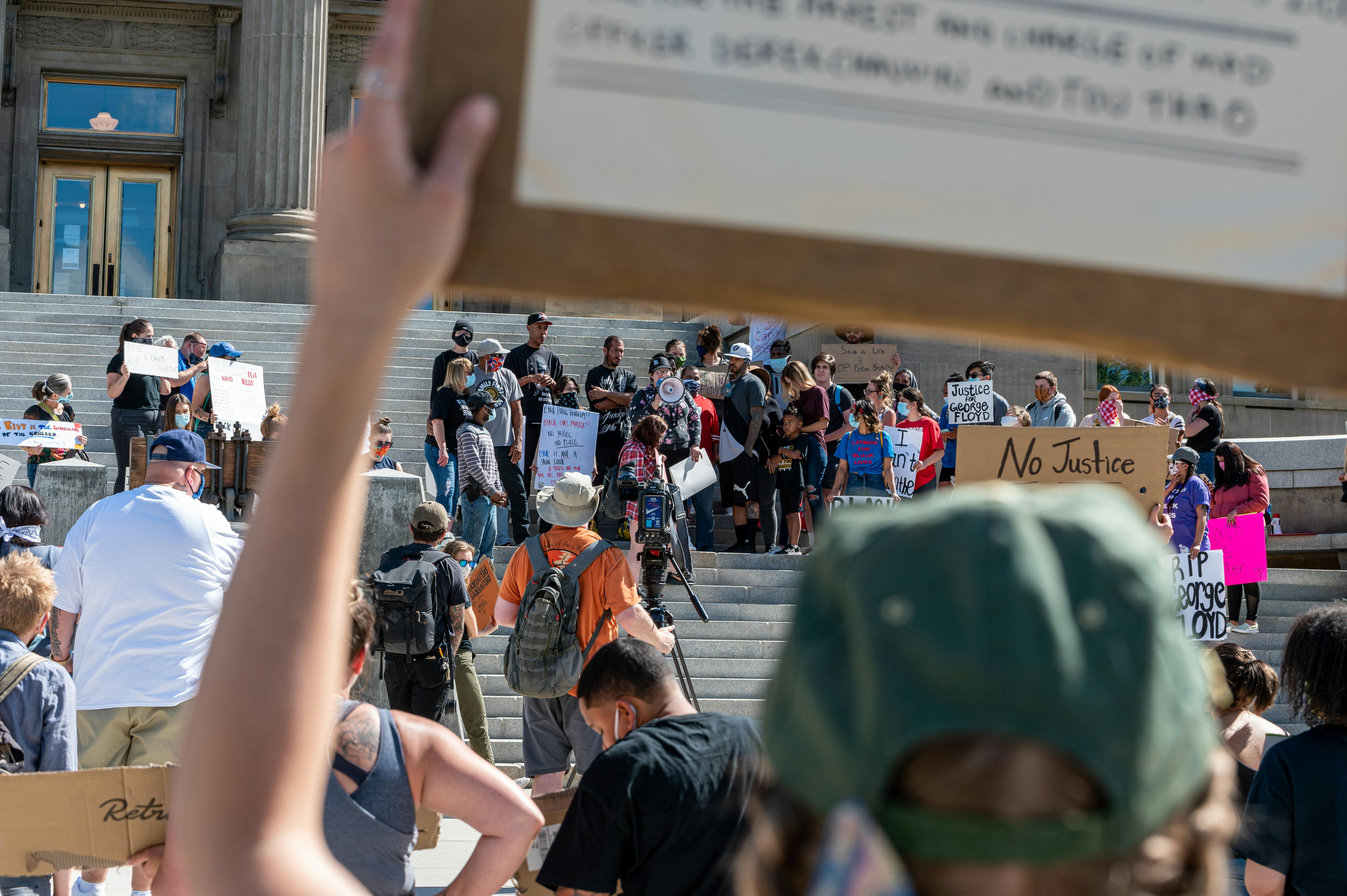A brief history of Liberia
The history of the Republic of Liberia has a very complex record. It is found along the African coast with its direct neighbors: Guinea, Ivory Coast, and Sierra Leone. (‘Liberia’ means ‘freedom’ in Latin) Liberia was born in 1822 when freed American slaves arrived and formed the country. Previously, the land was not claimed as a European colony or a country. Liberia is a relatively young nation.
Liberia is located in West Africa and is home to the North Atlantic Ocean. It is geographically known for its equatorial jungle and its beaches. Monrovia is its capital with a population of over 1 million people. It represents 29% of the total population of 3.5 million.
Christianity is the state religion with about 20 different ethnicities. English is the official language of Liberia. The estimated GDP of the country is approximately $840MM, which comes mainly from agriculture and, to a lesser extent, from industrial activities. The main resources of Liberia are cocoa, rice, coffee and minerals.
An American organization called The American Colonization Society started an activity to give freed African-American slaves a chance to return to their roots in Africa. The migration began in 1822 and around 10,000 people arrived in Liberia to settle it. These American-Liberians began to settle down and after 25 years in 1847, the Republic of Liberia was formed. Joseph Jenkins Roberts was the first elected president. The immigrants had brought their American culture and lifestyle with them and settled in Monrovia, the newly founded capital. The capita’s name was inspired by former US President James Monroe, who supported the creation of Liberia.
Cultural differences and initial discrimination made it difficult for native Liberians to integrate into the new society. For example, they were denied a vote until the early 20th century. The United States supported the fledgling country to establish its feasible economy. However, the country’s political and economic development was significantly hampered by ethnic rivalries.
In the early 20th century, Liberia stabilized geographically and resolved its border issues with Sierra Leone. However, the economy was weak due to the country’s mounting debts. In 1926, an American rubber producer named Firestone purchased the rights to a large plantation that helped positively grow the Liberian economy.
Liberia continued its economic development but with setbacks until the 1980s. Then tensions between national political parties took hold in the country and resulted in the first Civil War. Leader of the civil war, Charles Taylor was elected president in 1997. He served his personal interests for six years and neglected the drained economy of the country. In 1999, a second civil war broke out, leading to Taylor’s ouster by an international coalition in 2003.
In 2005, a Harvard-educated former corporate executive named Ellen Sirleaf won election to become the country’s first female president and is responsible for rebuilding Liberia.
